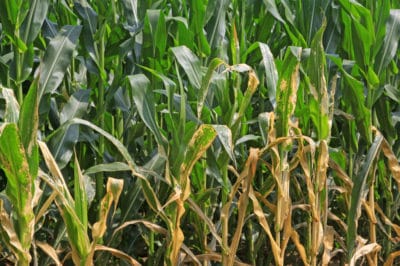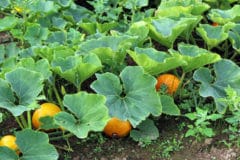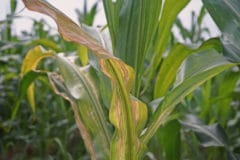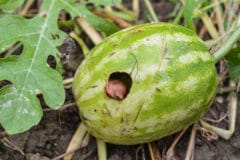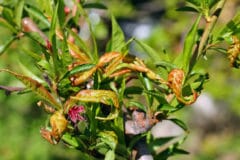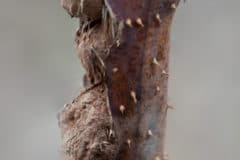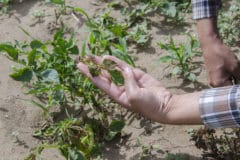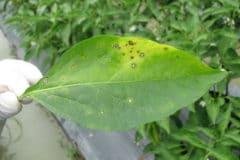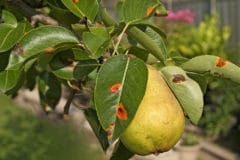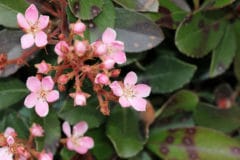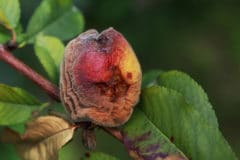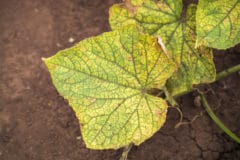Fungal Corn Diseases
Southern Corn Leaf Blight is a devastating fungal disease that attacks your corn crop and spreads quickly. You will first notice the blight on the leaves of your corn plant. The disease shows up as light brown elongated spots with a darker brown border. If left untreated, this leaf blight will spread through your entire corn crop in as little as ten days.
Depending on where you live, you may have to be on the watch for other fungal corn diseases, since most corn diseases are fungal. Some of the more common ones you might see are:
- Downy Mildew
- Stalk Rot
- Common Corn Rot
- Common Smut
Treatment of Fungal Corn Diseases
Unfortunately, it is difficult to treat a fungal corn disease organically. Most casual gardeners are unlikely to be able to identify most fungal diseases until the crop is already beyond help. Additionally, fungi spread very rapidly, so even if you recognize the problem, it may be too late to save the plants.
Prevention is a far better way to manage a fungal disease in your corn. Since spores can overwinter in corn debris and live in the soil for years, it is crucial that you remove corn debris as soon as the harvest is over.
You should also practice rigorous crop rotation, planting your corn in a different area every season. You may also consider planting hybrid corn varieties, as they seem to have some resistance to leaf blight and other diseases.
Bacterial Corn Diseases
Although far less common than their fungal counterparts, you do have to be aware of bacterial corn diseases. However, bacterial infections are usually completely preventable. Avoid injuring your corn plants by weeding carefully to prevent nicks from spades, and take steps to prevent pests from overtaking your corn plot. Crop rotation is also an excellent way to prevent the spread of a bacterial infection from year to year, as is removing corn debris immediately after you have harvested the ears.
Tip: Integrated Pest Management is the best way to both safely prevent and treat an infestation of insects.
As is often the case, preventing diseases from infiltrating your corn plants is far easier than treating them. Provided you take proper care of your corn plants, you should be able to avoid most diseases and have an abundant harvest.
